For serious trekkers visiting Morocco, the twin peaks of Toubkal and Ouankrim offer an exceptional and rewarding challenge. Located in the High Atlas Mountains, this trek allows you to summit the two highest peaks in North Africa in a single, immersive trip.
The Challenge and Terrain
- Toubkal (Jebel Toubkal): At 4,167 meters, this is the highest peak in North Africa. While the ascent is considered non-technical and doesn’t require specialized climbing skills, it is a demanding trek. The path involves steep, rocky terrain and scree slopes, which can be challenging, especially on the descent. In winter, the mountain is covered in snow and ice, and you will need to use crampons and an ice axe.
- Ouankrim (Adrar n’ Ouankrim): The second highest peak in the region at 4,080 meters, Ouankrim is often included in a “Twin Peaks” itinerary. The trek to this summit is also challenging but offers stunning, panoramic views of the entire Atlas range.
The trek is not a “walk in the park” and requires a good level of physical fitness and preparation. Trekkers should be able to handle long walking days (6 to 8 hours) on consecutive days, often with significant elevation gain.
Typical Itinerary
A classic “Twin Peaks” trek typically takes 5 to 6 days, with a base camp established at the Neltner Refuge (3,207m), a crucial stop for acclimatization.
- Day 1: Travel from Marrakech to the village of Imlil, the trekking hub of the High Atlas. Trek from Imlil to the Neltner Refuge, a steady climb that helps with acclimatization.
- Day 2: Summit Mount Toubkal. This is a long and challenging day, starting before dawn to reach the summit for sunrise. After enjoying the views from the top, you will descend back to the Neltner Refuge.
- Day 3: Summit Ouankrim. From the refuge, you will make the ascent to the second peak, enjoying more incredible views before returning to the refuge for the night.
- Day 4: Descend from the Neltner Refuge back to Imlil and transfer back to Marrakech.
Many itineraries will add extra days for further acclimatization, visiting local Berber villages, or exploring other valleys in the region.
When to Go
The best time to trek Toubkal and Ouankrim is during the spring (April-May) and autumn (September-October).
- Spring & Autumn: The weather is mild, with comfortable daytime temperatures and less chance of extreme heat or cold. The trails are generally dry, making for safer footing.
- Summer (June-August): While possible, it can be very hot, especially in the lower sections of the trek. You will need to be well-prepared for heat and sun exposure.
- Winter (December-February): This is a true winter ascent and requires specialized equipment like crampons and an ice axe. The trails are covered in snow and ice, and temperatures can drop well below freezing. This season is best suited for experienced mountaineers.
Finding a Top Guide and Tour
Hiring a certified local guide is not only a recommendation but often a requirement for trekking in the Toubkal National Park. There are police checkpoints at Imlil and the refuge that verify trekkers are accompanied by a guide. A good guide is essential for safety, navigation, and for a richer cultural experience.
When choosing a tour operator, look for:
- Licensed and experienced guides: Look for guides certified by the Moroccan government, often trained at the mountain guide school in Tabant.
- All-inclusive packages: The best tours include transportation, meals, accommodation, mules for carrying gear, and all necessary safety equipment (e.g., crampons and ice axes in winter).
- Emphasis on safety and acclimatization: A reputable tour will prioritize a safe pace and allow time for your body to adjust to the altitude, reducing the risk of altitude sickness.
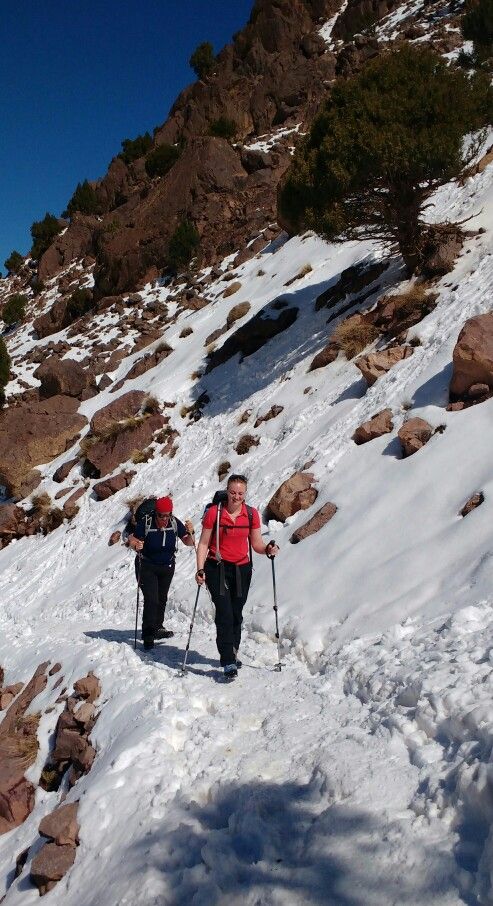
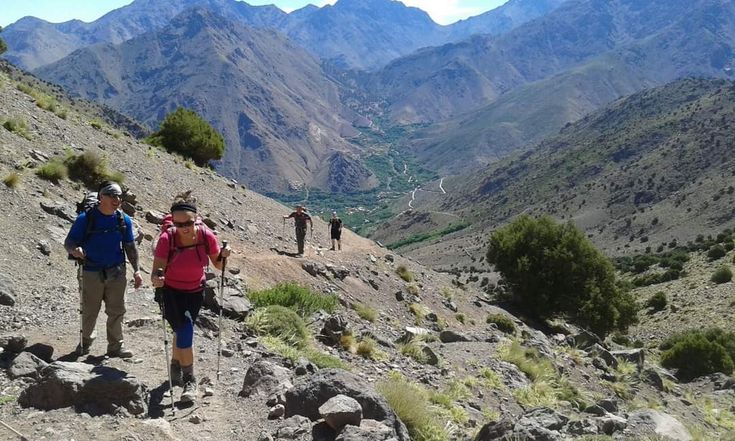
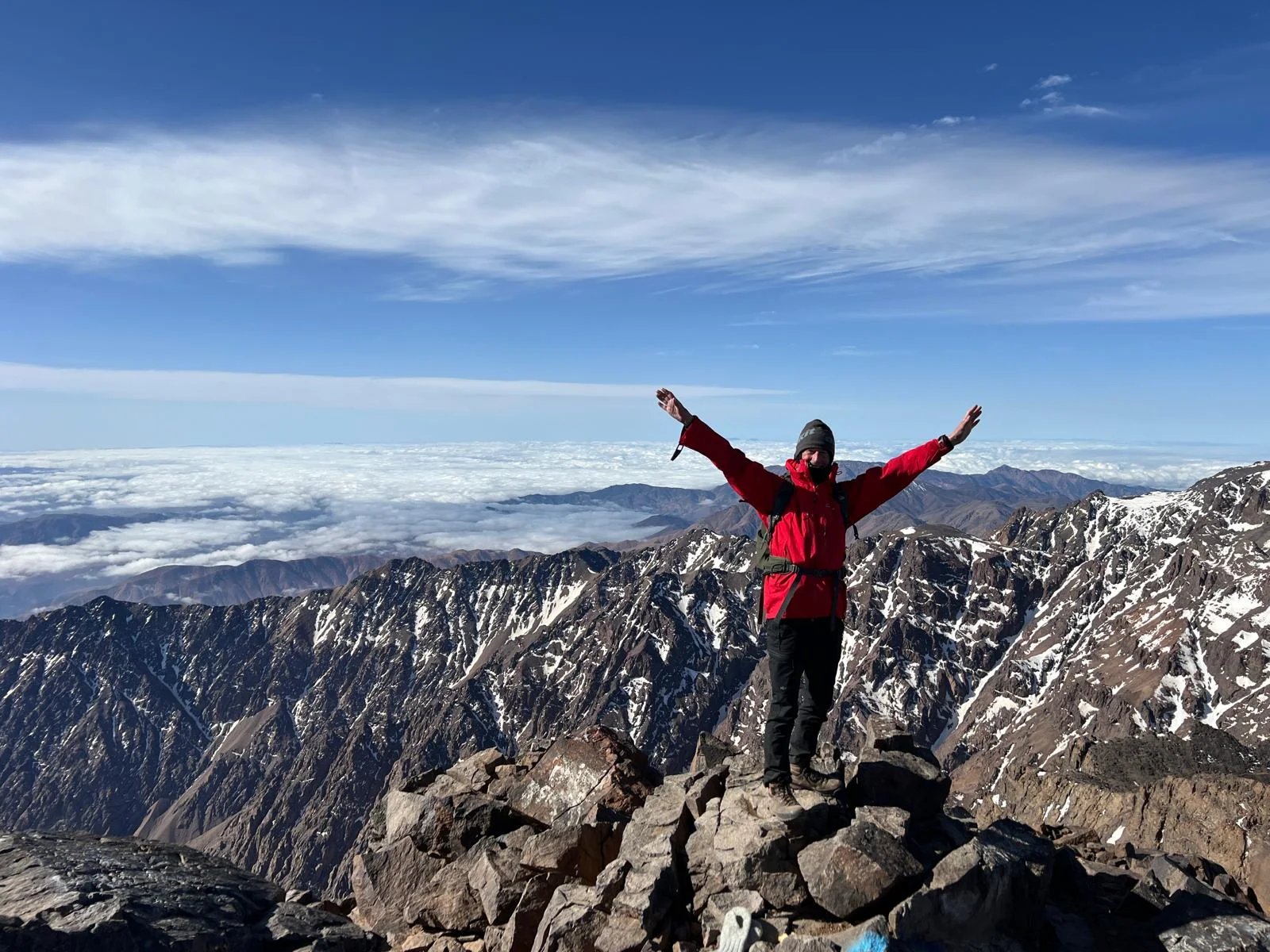
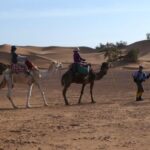
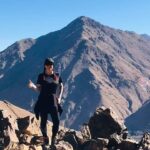
It’s easy to get carried away with online gaming, so responsible bankroll management is key! Seeing platforms like vin777 no hu focus on user experience & security is a good sign, especially with those enhanced features. Play smart, folks!